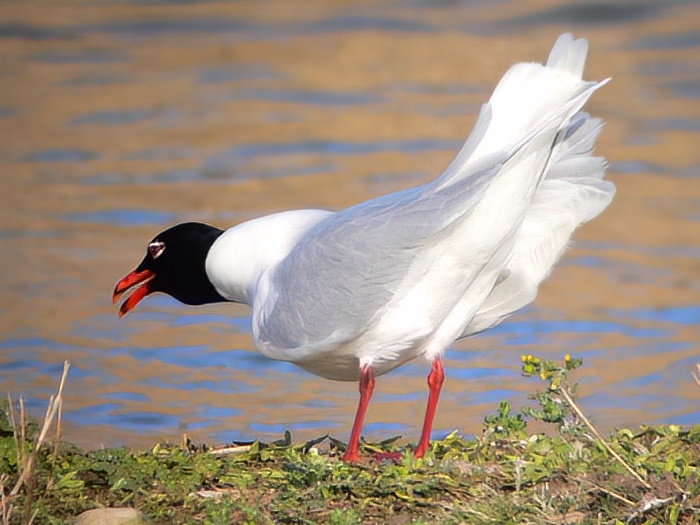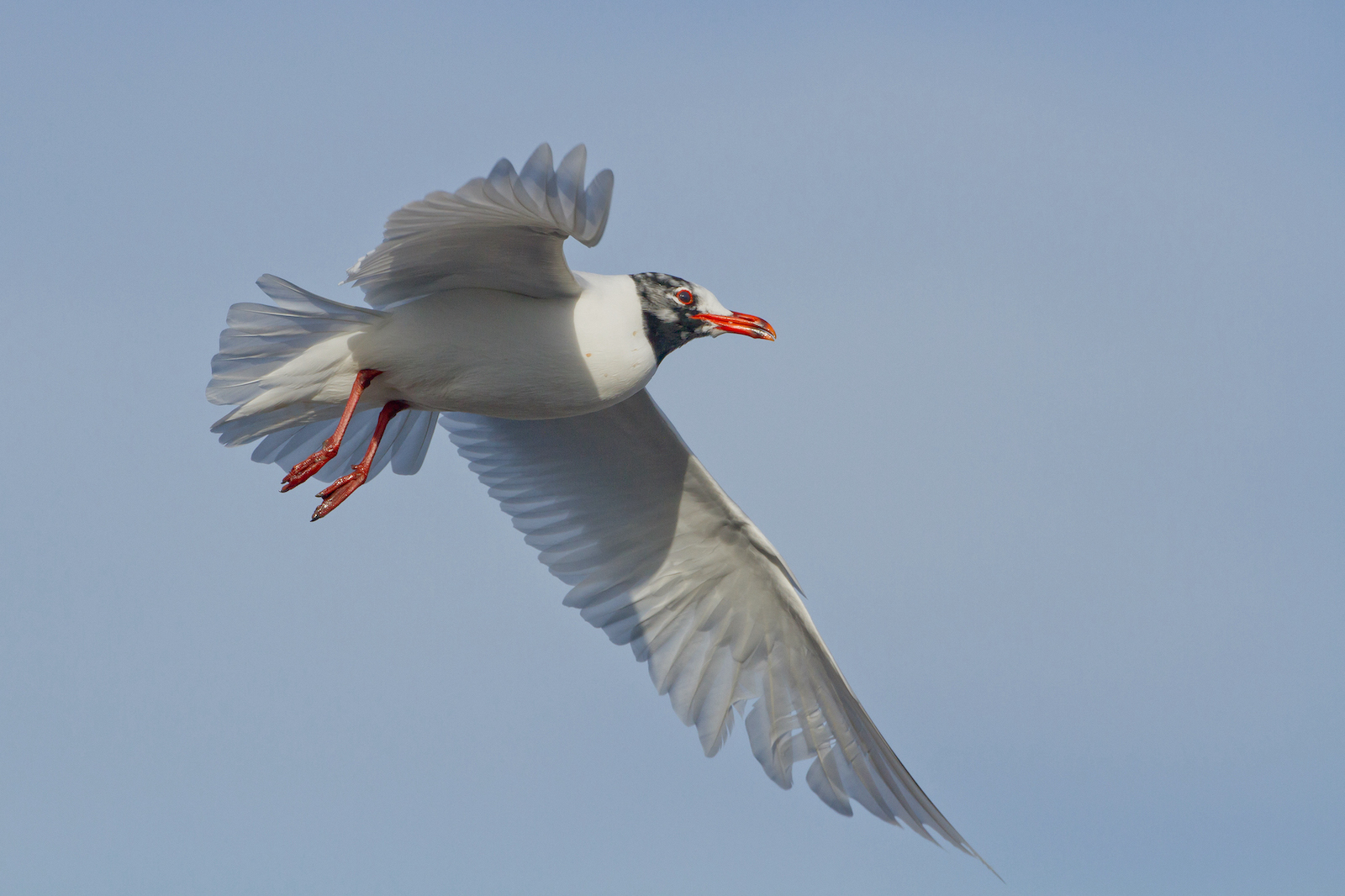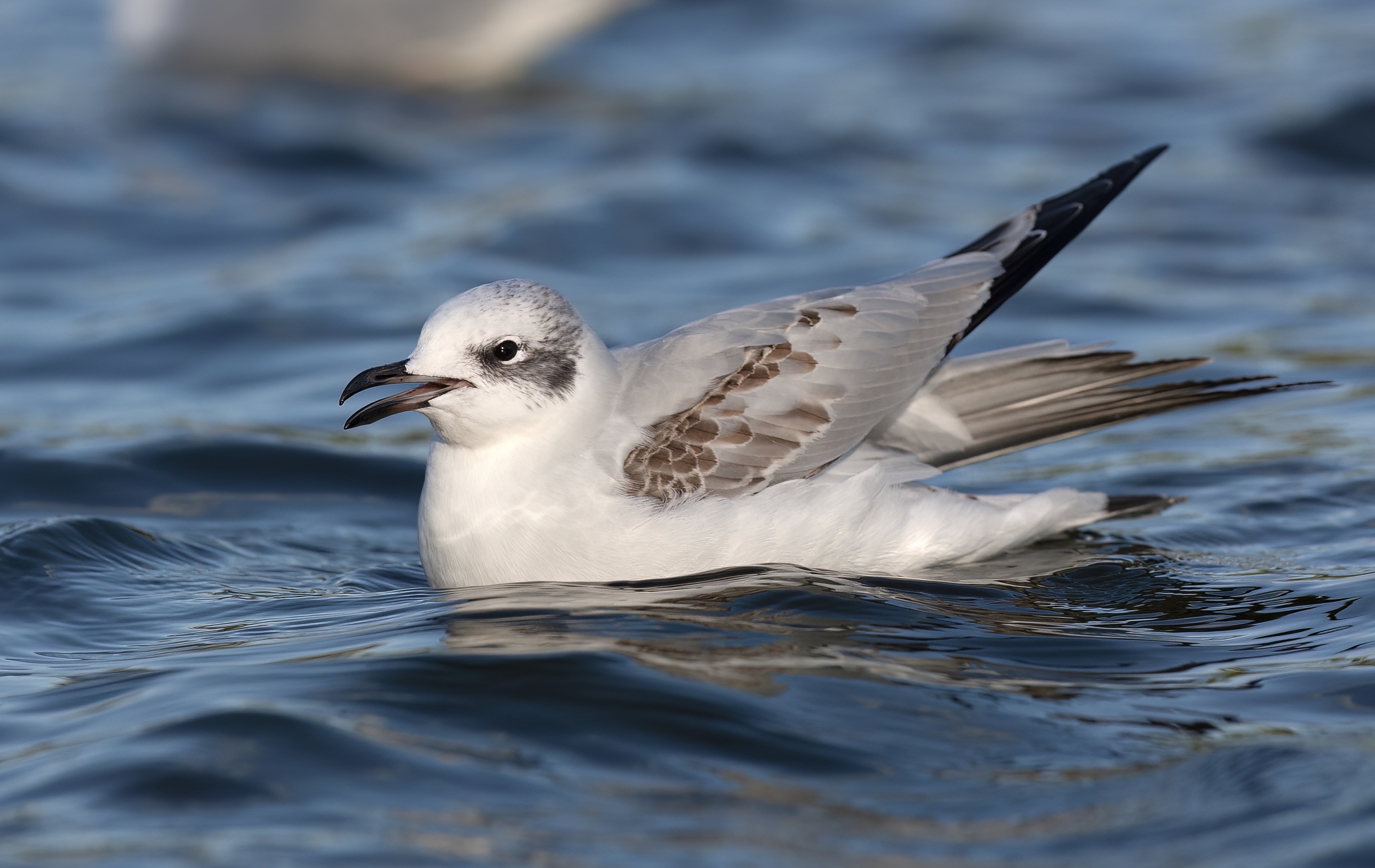Mediterranean Gull Larus melanocephalus
Scarce, but increasing visitor throughout the year, most frequent in late summer/early autumn.



The first county record occurred August 6th-7th, 1950 at Gibraltar Point NNR, and the second was found at Skegness, October 6th, 1965, after which there was a steady increase to around 150 records by the late 1980s (Lorand and Atkin, 1989). With a British breeding population estimated at 1,200 pairs by APEP4 between 2013-2017, and a hybrid pair with a Black-headed Gull at Messingham SQ in the early 1990s, Mediterranean Gull has been a Cinderella species in Lincolnshire for nearly 30 years. By the time of the BTO Atlas 2008-2011, Lincolnshire had been leapfrogged and birds were successfully breeding in Yorkshire and Northumberland. Pairs have summered in Lincolnshire in each of the 9 years to 2020 and the first confirmed breeding record finally came in 2020 at a flooded gravel pit site near Lincoln. Two pairs fledged one and two young respectively and a third pair, one of which was a 2CY bird, failed. Back in the 1990s the Atlas suggested there were around 25 birds a year in Lincolnshire. Between 2014-2018 annual peak numbers reported in LBR tables fluctuated from 69 (2017) to 135 (2014, 2016) and the peak month varied between April, July and August. The peak monthly count was 24 in Apr 2018.
Colour-ringed birds have been noted in the county for some years and birders at Gibraltar Point and Middlemarsh Farm have racked up a fair number of sightings. These include the following:
Red PLY5, seen Gibraltar Point July 27th 2012; originally ringed as an adult in Poland May 7th 2011. Recorded annually and then found feeding three chicks at Titchwell RSPB reserve July 6th 2018.
White 3K56, seen at Gibraltar Point March 24th 2014. Seventeen years old when seen there and with a history of 105 sightings, all apart from this one were from France and Belgium.
One observer has noted 15 colour-ringed birds (to 2018) originating in Poland (5), Germany (3), France (2), Denmark (2), Belgium (1) and the UK (1). There are a significant number of sightings from other birders too; these are a few illustrative examples of the value of reading and reporting colour-ringed birds.
(Account as per new Birds of Lincolnshire (2021), included September 2022)
